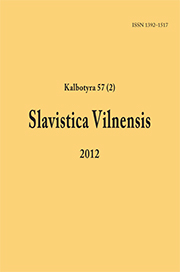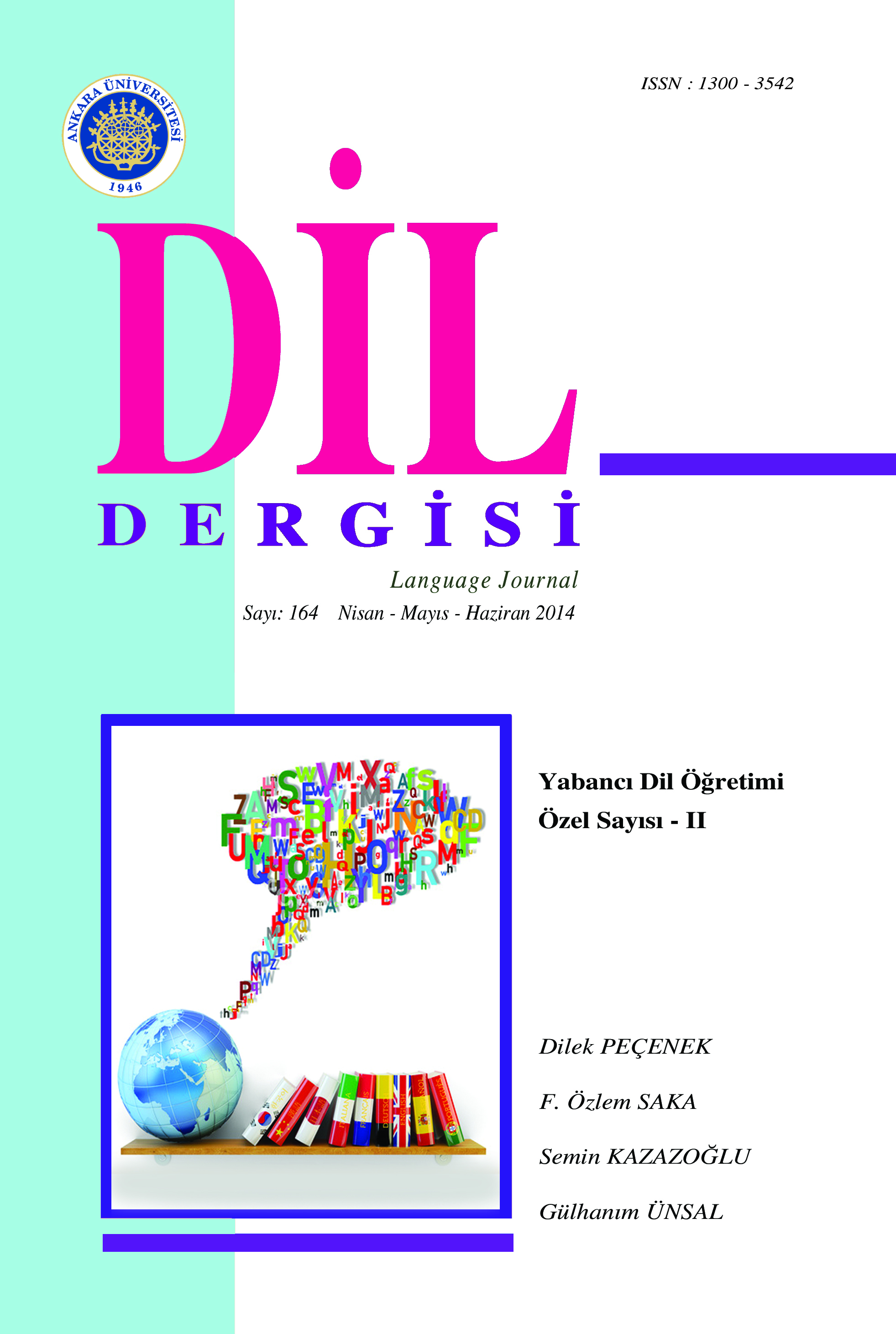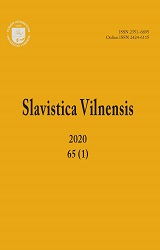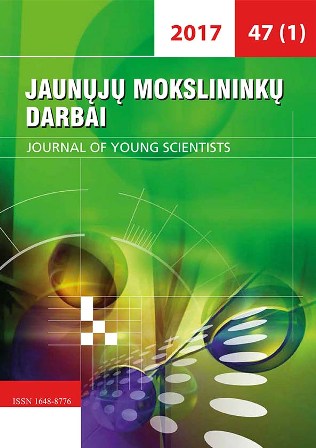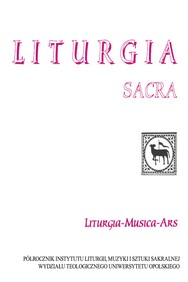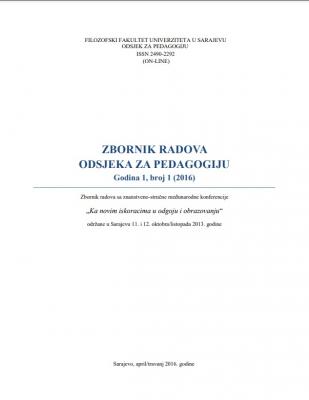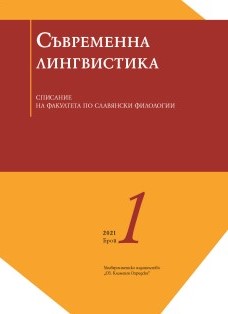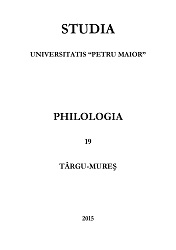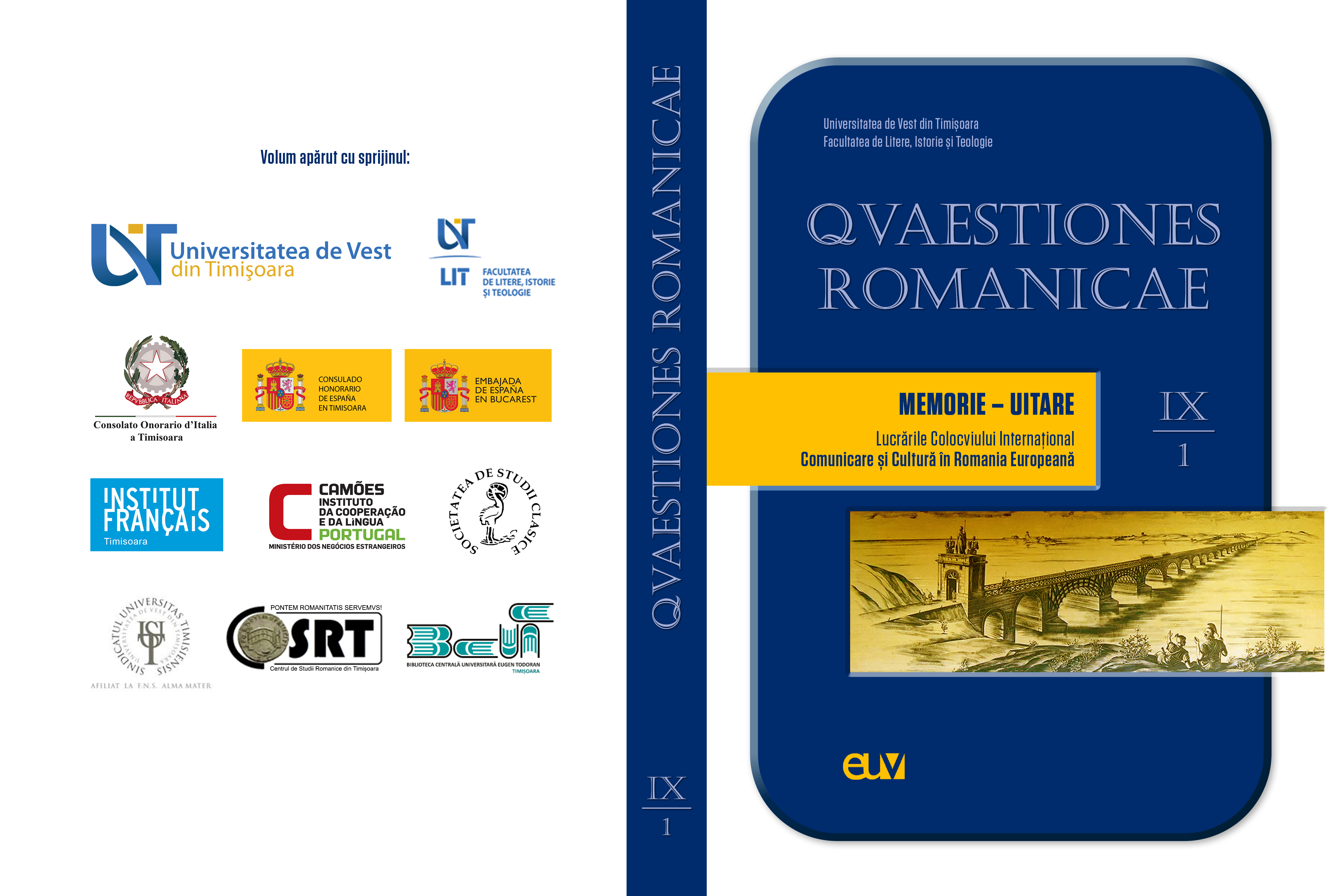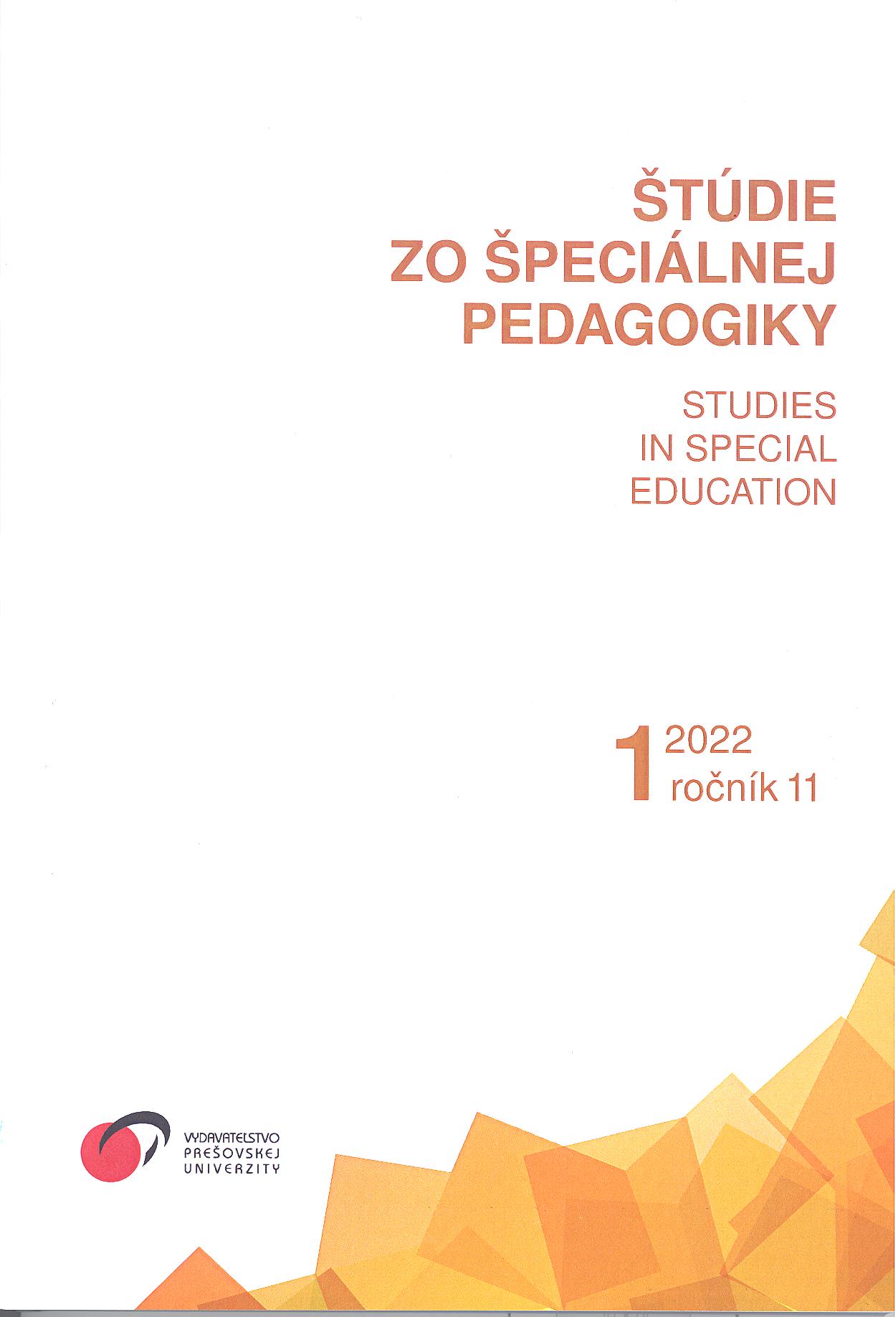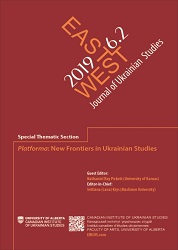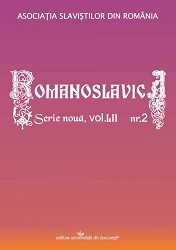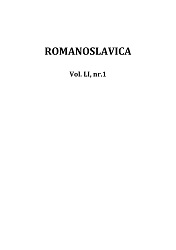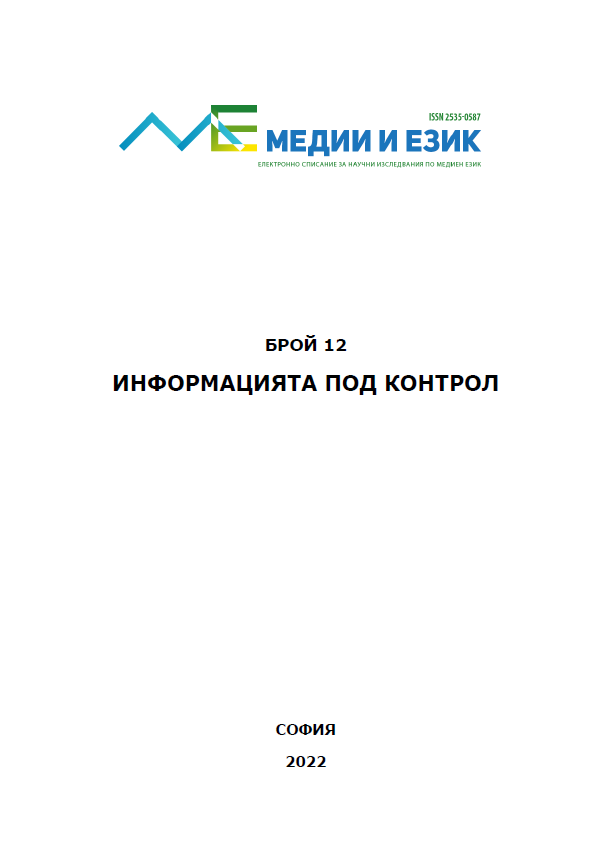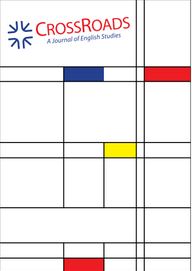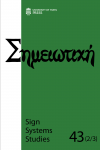
Between emotion, imagination and cognition: Play as a hybrid neuro-evolutionary concept in bridging Saussure, Hegel and Alexander von Humboldt
This study seeks to discover hidden links between Saussure’s Third Course of Lectures on General Linguistics, Hegel’s Introductory Lectures on Aesthetics / Philosophy of Mind and Alexander von Humboldt’s Cosmos. To begin with, the notion of play is employed to examine the interplay between our emotion, imagination and cognition, and to examine how such a composite of faculties serves to unify conceptualizations of communicationmodelling systems, philosophical hermeneutics and moral psychology in our times. At discovering a certain future-oriented and symbiotic scheme of time implied in these theories, the inquiry moves on to engage with certain perspectives on the evolution of our verbal and nonverbal capacities.
More...
